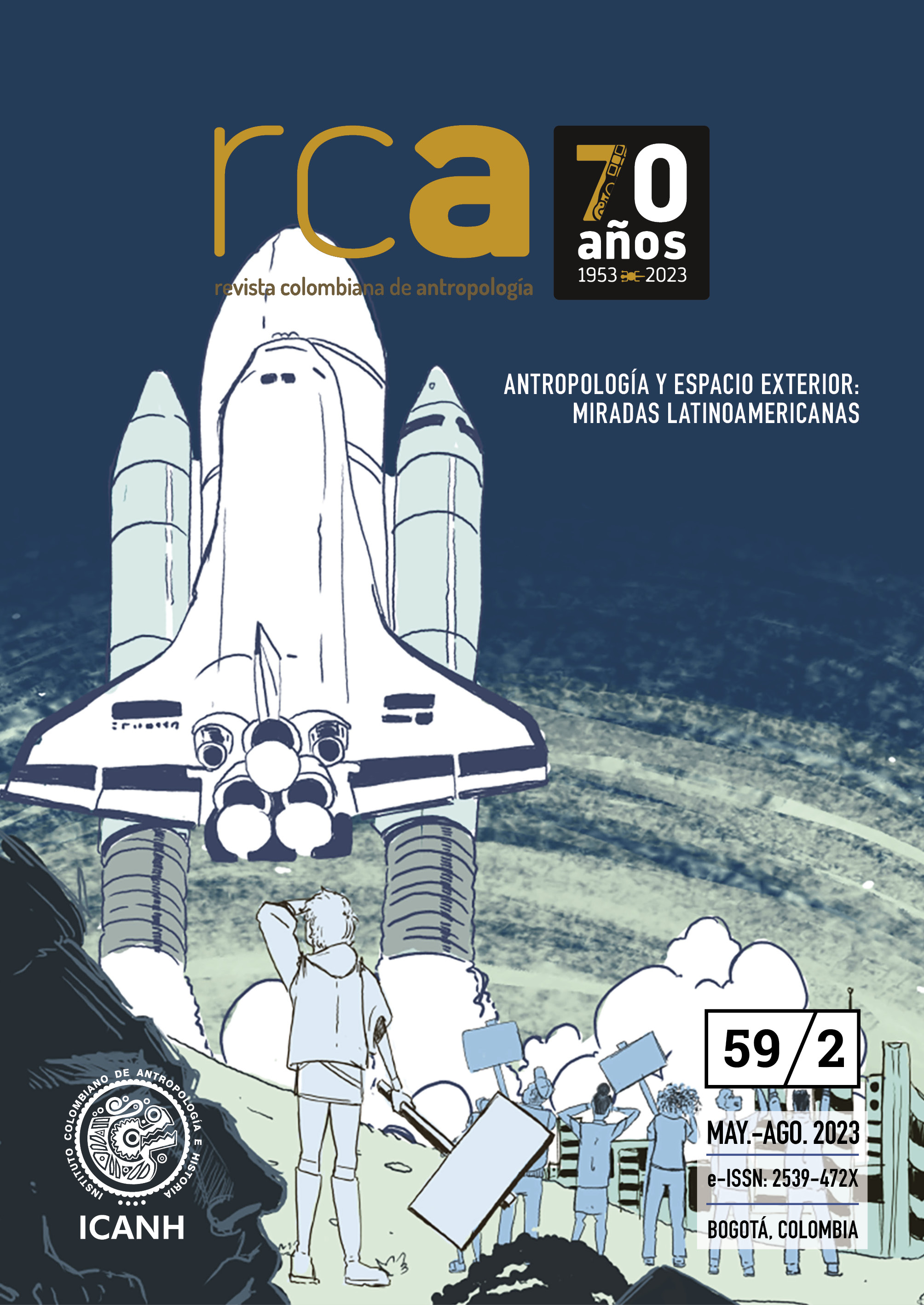Mexico in Orbit: Satellite Dreams from the South
DOI:
https://doi.org/10.22380/2539472X.2437Keywords:
Satellites; Infrastructure; Mexico; Technology; Outer SpaceAbstract
Satellites, those natural or artificial bodies that orbit other bodies, occupy a privileged place within the imaginary and the practices of the so-called “space community” in Mexico. In this text, based on ethnographic and documentary sources, I reflect on these objects from two perspectives: as participants in the transformation of space and place that extends territory upward and crosses borders and as fundamental elements in infrastructural and/or artistic assemblages that connect and co-construct
subjects and objects, in some cases appealing to a kind of “satellite sublime” that tries to reenchant technology, the cosmos and the Earth itself.
Downloads
References
Bimm, Jordan. 2014. “Rethinking the Overview Effect”. Quest. The History of Spaceflight Quarterly 21 (1): 39-47. www.spacehistory101.com
Borrego, Jorge y Bella Mody. 1989. “The Morelos Satellite System in Mexico: A Contextual Analysis”. Telecommunications Policy 13 (3): 265-276. https://doi.org/10.1016/0308-5961(89)90009-8
Bureaud, Annick. 2021. “It’s a Beautiful Name for a Satellite: Paradoxical Art Objects Somewhere between Politics and Poetics”. Leonardo 54 (1): 79-91. https://doi.org/10.1162/leon_a_01987
Collis, Christy. 2 012. “ The Geostationary Orbit: A Critical Legal Geography of Space’s Most Valuable Real Estate”. En Down to Earth: Satellite Technologies, Industries, and Cultures, editado por Lisa Parks y James Schwoch, 61-81. Nuevo Brunswick: Rutgers University Press.
DeLoughrey, Elizabeth. 2014. “Satellite Planetarity and the Ends of the Earth”. Public Culture 26 (2/73): 257-280. https://doi.org/10.1215/08992363-2392057
Díaz Infante, Juan José, Fernando Castro, Ed Finn, Omar Gasca y Antonio Lafuente. 2017. Ulises I, una misión de arte al espacio por el Colectivo Espacial Mexicano. Puebla: El Errante Editor.
Dolman, Everett C. 2002. Astropolitik: Classical Geopolitics in the Space Age. Londres: Frank Cass Publishers.
Garciandia, Laura. 2017. “Dónde comienza el ser humano interplanetario: la misión Sputnik”. En Ulises I, una misión de arte al espacio por el Colectivo Espacial Mexicano, editado por Juan José Díaz Infante, Fernando Castro, Ed Finn, Omar Gasca y Antonio Lafuente, 31. Puebla: El Errante Editor.
Gärdebo, Johan, Agata Marzecova y Scott Gabriel Knowles. 2017. “The Orbital Technosphere: The Provision of Meaning and Matter by Satellites”. The Anthropocene Review 4 (1): 44-52. https://doi.org/10.1177/2053019617696106
González de Bustamante, Celeste. 2015. “Muy buenas noches”. México, la televisión y la Guerra Fría. México D. F.: Fondo de Cultura Económica.
Graham, Stephen. 2018. Vertical: The City from Satellites to Bunkers. Londres: Verso.
Heidegger, Martin. 2 009. “‘Only a God Can Save Us’: The Spiegel Interview (1966)”. En Heidegger: The Man and the Thinker, editado por Thomas Sheehan, 45-67. Londres y Nueva York: Routledge.
Henry, Holly J. y Amanda G. Taylor. 2009. “Re-Thinking Apollo: Envisioning Environmentalism in Space”. The Sociological Review 57 (1): 190-203. https://doi.org/10.1111/j.1467-954X.2009.01825.x
Ingold, Tim. 2000. “Globes and Spheres: The Topology of Environmentalism.” En The Perception of the Environment: Essays on Livelihood, Dwelling and Skill, 209-218. Nueva York y Londres: Routledge.
Litfin, Karen T. 1 999. “ The Status of the Statistical State: Satellites and the Diffusion of Epistemic Sovereignty”. Global Society 13 (1): 95-116. https://doi.org/10.1080/13600829908443180
Mack, Pamela Etter. 1990. Viewing the Earth: The Social Construction of the Landsat Satellite System. Boston: MIT Press.
Montaño Barbosa, Alejandro. 2015. “La trayectoria de México en la exploración espacial”. Cienciamx Noticias, 16 de diciembre. http://www.cienciamx.com/index.php/ciencia/universo/4714-historia-de-la-astronautica-en-mexico-del-sputnik-i-a-la-agencia-espacial-mexicana
Pang, Alex Soojung-Kim y Bob Twiggs. 2011. “Citizen Satellites”. Scientific American 304 (2): 48-53. http://www.jstor.org/stable/26002393
Parks, Lisa y James Schwoch. 2012. Introduction a Down to Earth: Satellite Technologies, Industries, and Cultures, editado por Lisa Parks y James Schwoch, 1-18. Nuevo Brunswick: Rutgers University Press.
Parks, Lisa. 2012. “Satellites, Oil and Footprints: Eutelsat, Kazsat, and Post-Communist Territories in Central Asia”. En Down to Earth: Satellite Technologies, Industries, and Cultures, editado por Lisa Parks y James Schwoch, 112-142. Nuevo Brunswick: Rutgers University Press.
Rivera Parga, José Ramón. 2017. “La exploración espacial: una oportunidad para incrementar el poder nacional del estado mexicano”. Revista del Centro de Estudios Superiores Navales 38 (4): 33-62. http://www.semar.gob.mx/redes/Articulo_Rivera_Parga.pdf
Rothe, Delf. 2017. “Seeing Like a Satellite: Remote Sensing and the Ontological Politics of Environmental Security”. Security Dialogue 48 (4): 334-353. https://doi.org/10.1177/0967010617709399
Sagan, Carl. 2013. Un punto azul pálido. México D.F.: Planeta.
Unesco. 2016. The Right to Dark Skies / El Derecho a los cielos oscuros. México D. F. y París: Unesco.
White, Frank. 1998. The Overview Effect: Space Exploration and Human Evolution. Reston, VA: AIAA.
Downloads
Published
How to Cite
Issue
Section
License

This work is licensed under a Creative Commons Attribution-NonCommercial-NoDerivatives 4.0 International License.




















